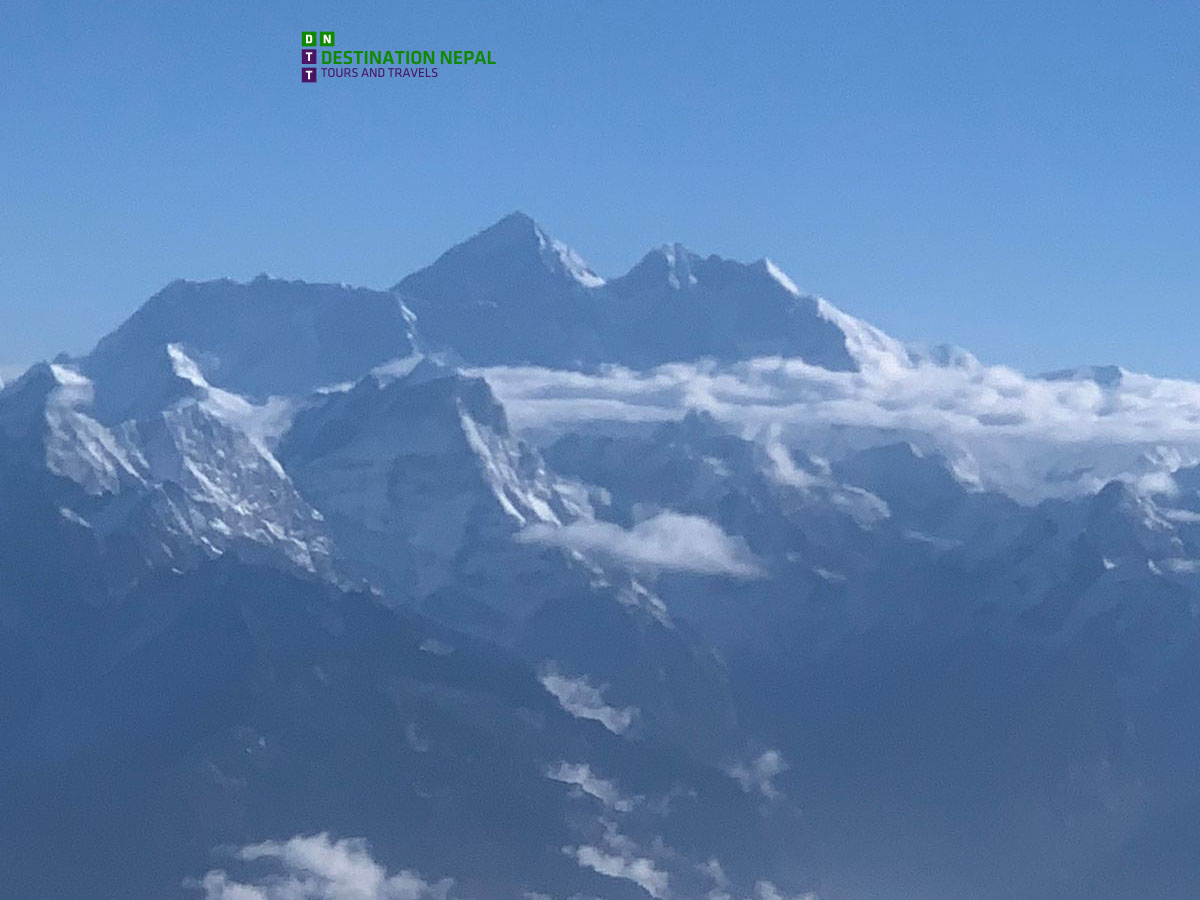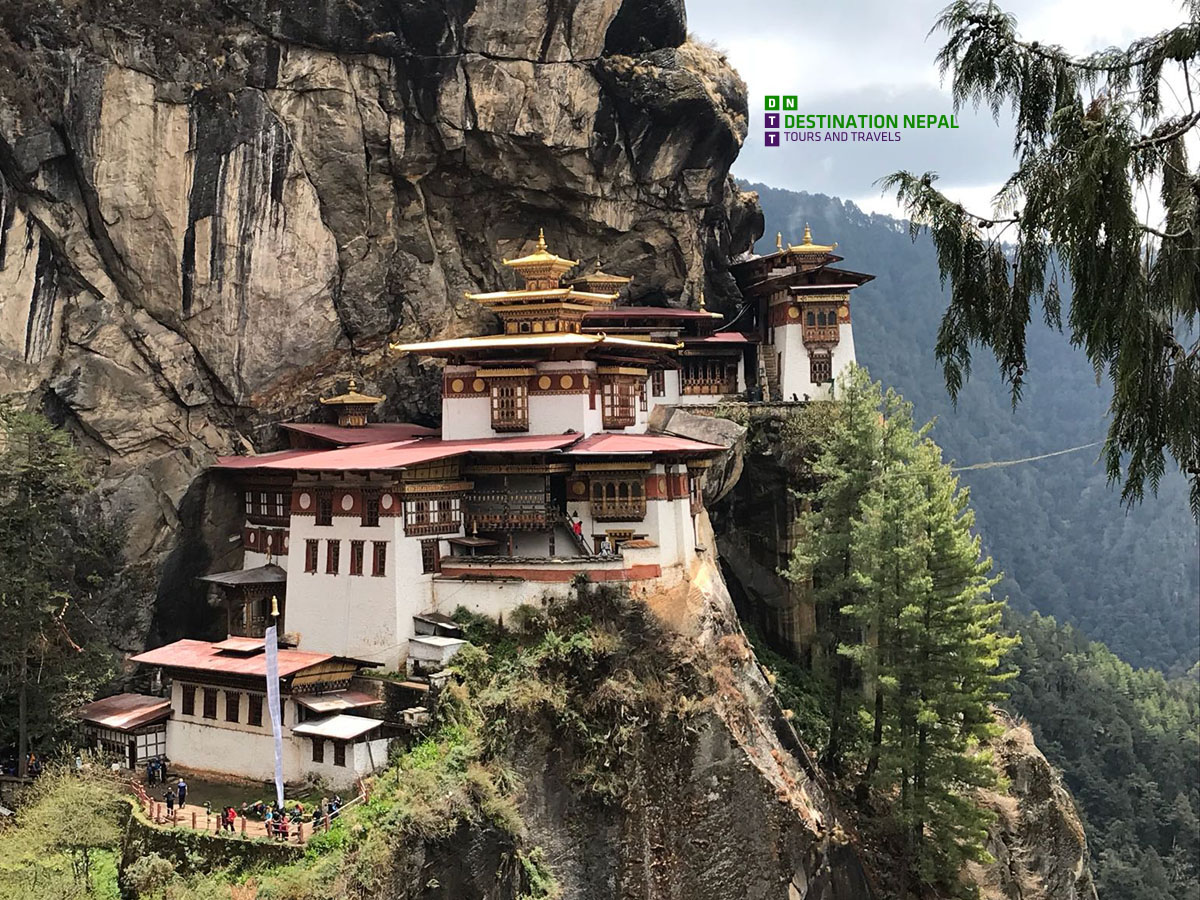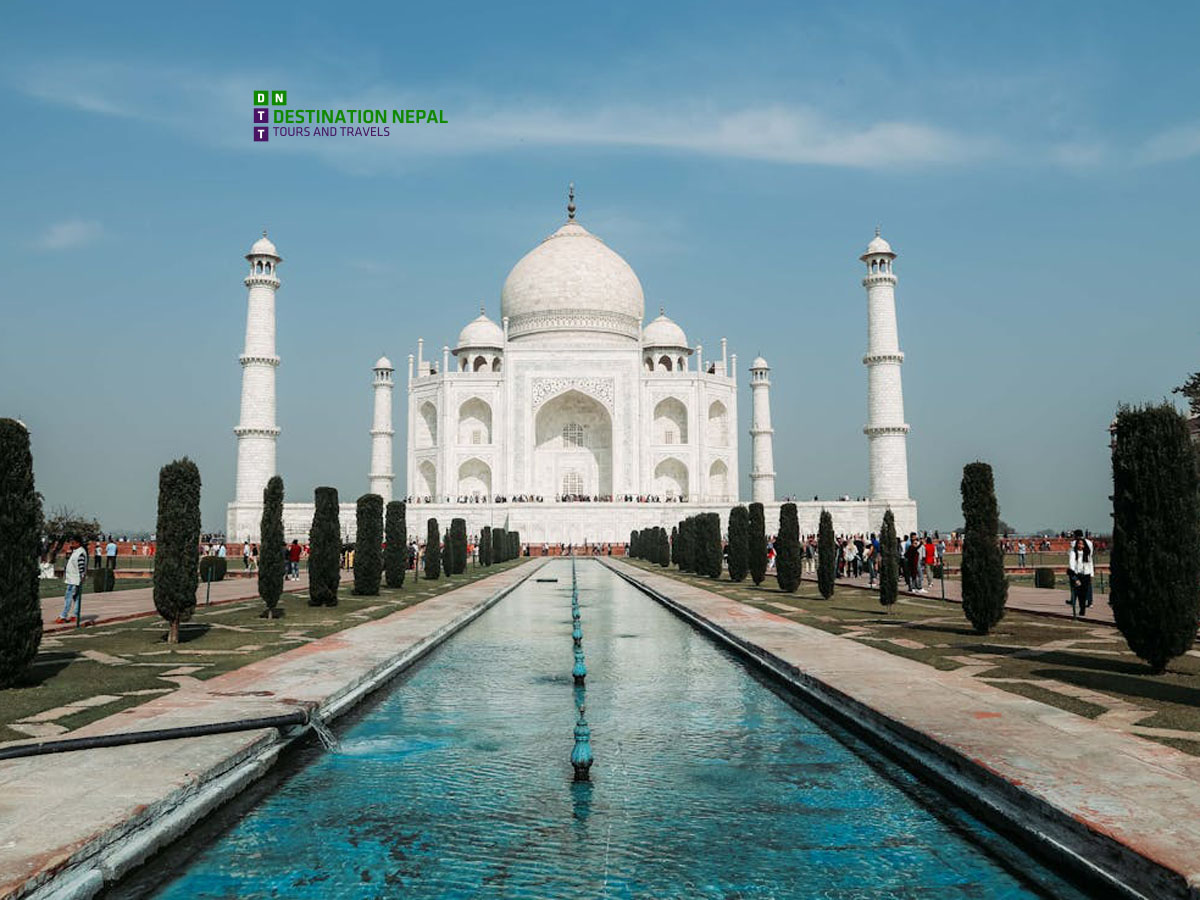Boudanath Stupa
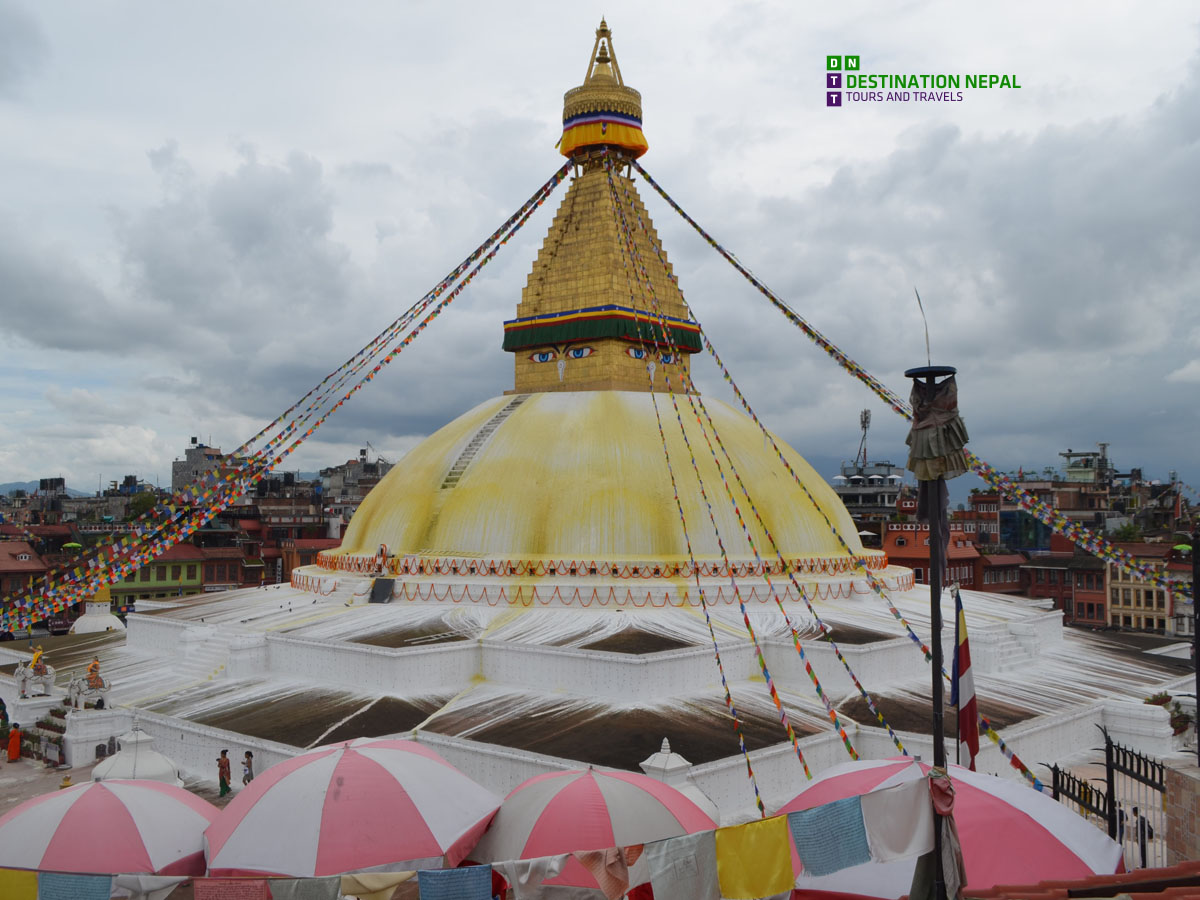
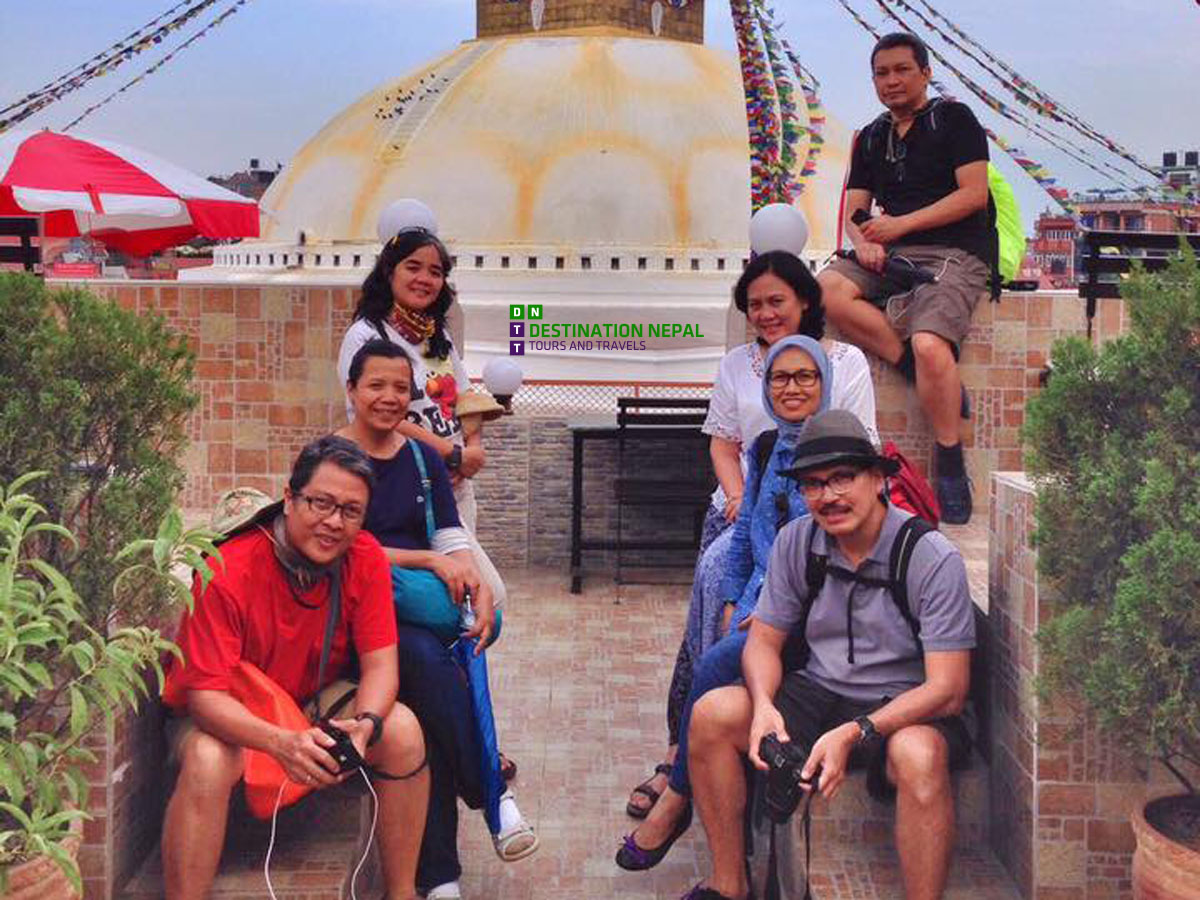
Boudanath Stupa, located 5 km east of Kathmandu city center, is one of the largest and most significant Buddhist stupas in Nepal. Recognized as a UNESCO World Heritage Site, this colossal structure stands as a symbol of peace, enlightenment, and Buddhist tradition. The stupa is raised on a three-tiered platform, designed in the form of a mandala or yantra, signifying cosmic harmony.
Built during the 5th century AD under the Lichchavi dynasty, Boudanath Stupa embodies the architectural and spiritual ethos of ancient Nepal. The stupa is crowned with a gilded spire and the watchful eyes of Buddha, symbolizing wisdom and omnipresence. Encircled by prayer wheels inscribed with the mantra "Om Mani Padme Hum," it is a focal point for meditation, prayer, and cultural gatherings.
This sacred site is not just a religious monument but also a hub of Tibetan Buddhist culture, drawing pilgrims, monks, and travelers from all over the world. The surrounding area, dotted with monasteries and vibrant shops, adds to the spiritual and cultural charm of Boudanath Stupa.
Key Highlights of Boudanath Stupa
-
Architectural Grandeur
The massive dome of the stupa is surrounded by 108 small niches containing images of Buddhas, Bodhisattvas, and other deities. The spire's 13 steps represent the journey to enlightenment. -
Religious Significance
According to legend, the stupa was built by a poor but pious woman named Jyajima, with the help of her four sons, to spread the teachings of Buddha. Another tale attributes its creation to King Mandev to atone for a grave sin. -
Prayer Wheels and Mantras
More than 140 prayer wheels encircle the base of the stupa, allowing devotees to engage in meditative practice as they walk clockwise around it. -
Legends and Myths
Ancient stories surrounding the stupa include a drought in Kathmandu Valley and the ultimate sacrifice of King Dharma Dev, who commanded the construction of Boudhanath Stupa for atonement and peace. -
Cultural Hub
The stupa and its surrounding monasteries are vibrant centers for Buddhist learning, meditation, and cultural celebrations. Tibetan influence is evident in the area's art, rituals, and architecture.
Important Visit Days
-
Buddha Jayanti (April/May)
Celebrated on the full moon day, Buddha Jayanti honors the birth, enlightenment, and death of Lord Buddha. A grand procession takes place, with Buddha's icons paraded around the stupa. -
Lhosar Festival (January/February)
The Tibetan New Year is a festive time to visit Boudanath Stupa, marked by prayers, incense offerings, butter lamps, and vibrant cultural performances. -
Nanai Purnima (August/September)
On this full moon day, also known as the sacred thread festival, the stupa is adorned with prayer flags and lights, creating a mesmerizing ambiance. -
12-Year Ceremony
Every twelve years, a special event commemorates the time taken to construct the stupa. This grand celebration includes chanting, traditional dances, and ritual performances.
You can find tour package here: Nepal Tour Packages
If you want to see what our customers are saying about us in their reviews: TripAdvisor
